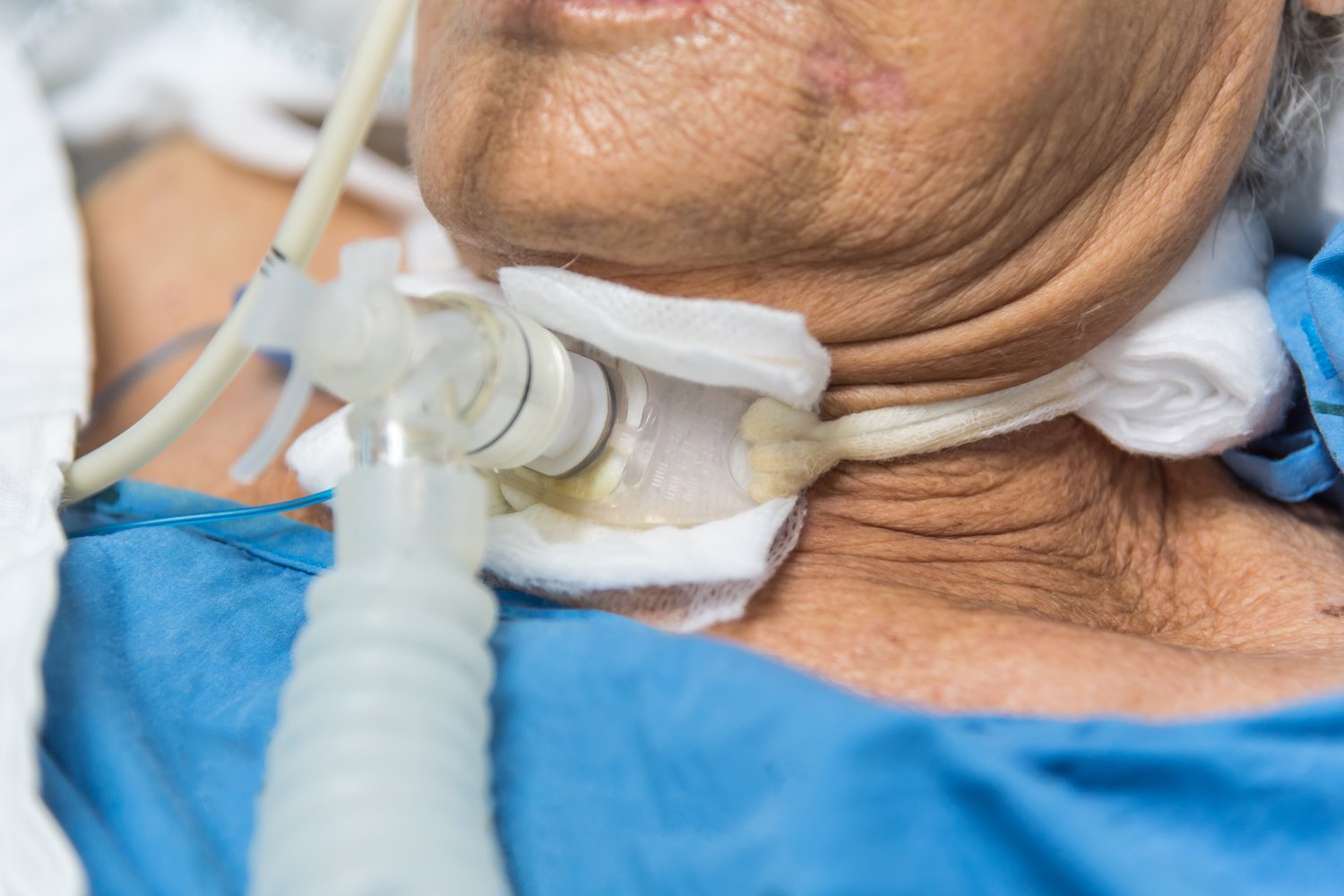Throughout mankind’s history, we’ve always tried to fix anything broken – including our bodies. Surgery was first invented during the stone age, when people started cutting holes in their skulls (1). Since then, we’ve progressed a considerable amount, although many of today’s surgical techniques and procedures originate from ancient practices. Tracheotomy Ancient Egyptian artifacts engraved …
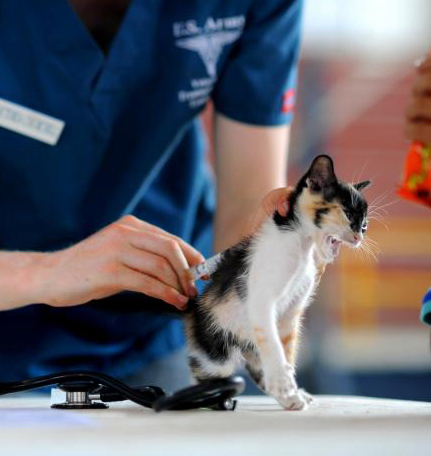
Veterinary Cuts: The Problem of Sharps Injuries in Pet Care
Sharps injuries are a worrying concern for veterinarians. A survey sent to members of the Veterinary Surgeons Board of Queensland in 2006 revealed that 75.3% had at least one sharps or needlestick injury in the previous 12 months, while 58.9% reported suffering from at least one contaminated sharps or needlestick injury during the previous 12 …
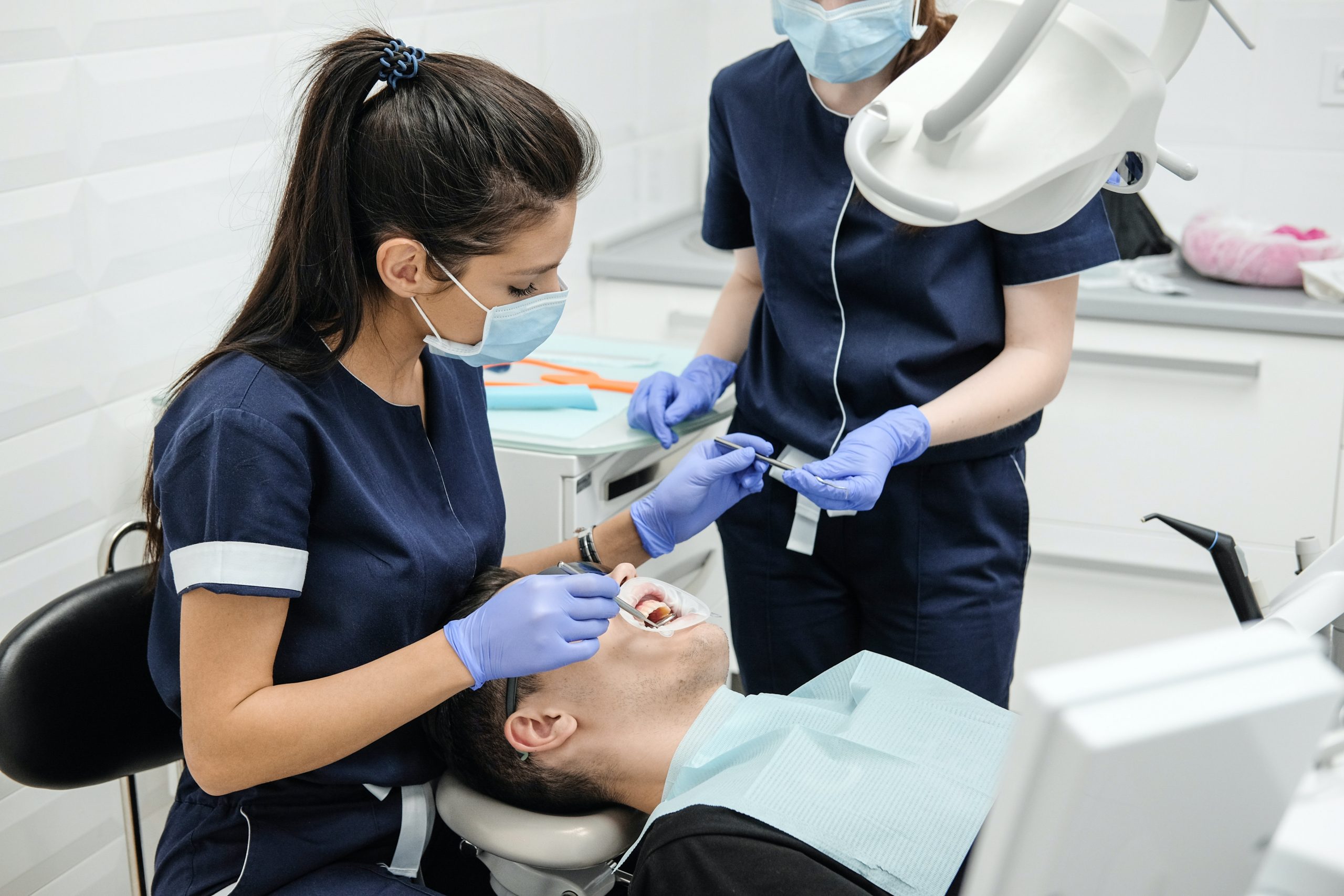
Sharps Injuries in Dental Practice and How to Prevent Them
Needles and sharps instruments are essential to dentistry practice which is why sharps injury rates are a huge concern for dentists. A study of Needlestick and Sharps Injury (NSI) cases reported by a university hospital in Taiwan between 2009 and 2011 showed that the annual incidence of sharps injuries was 8.19% among all dental workers. …
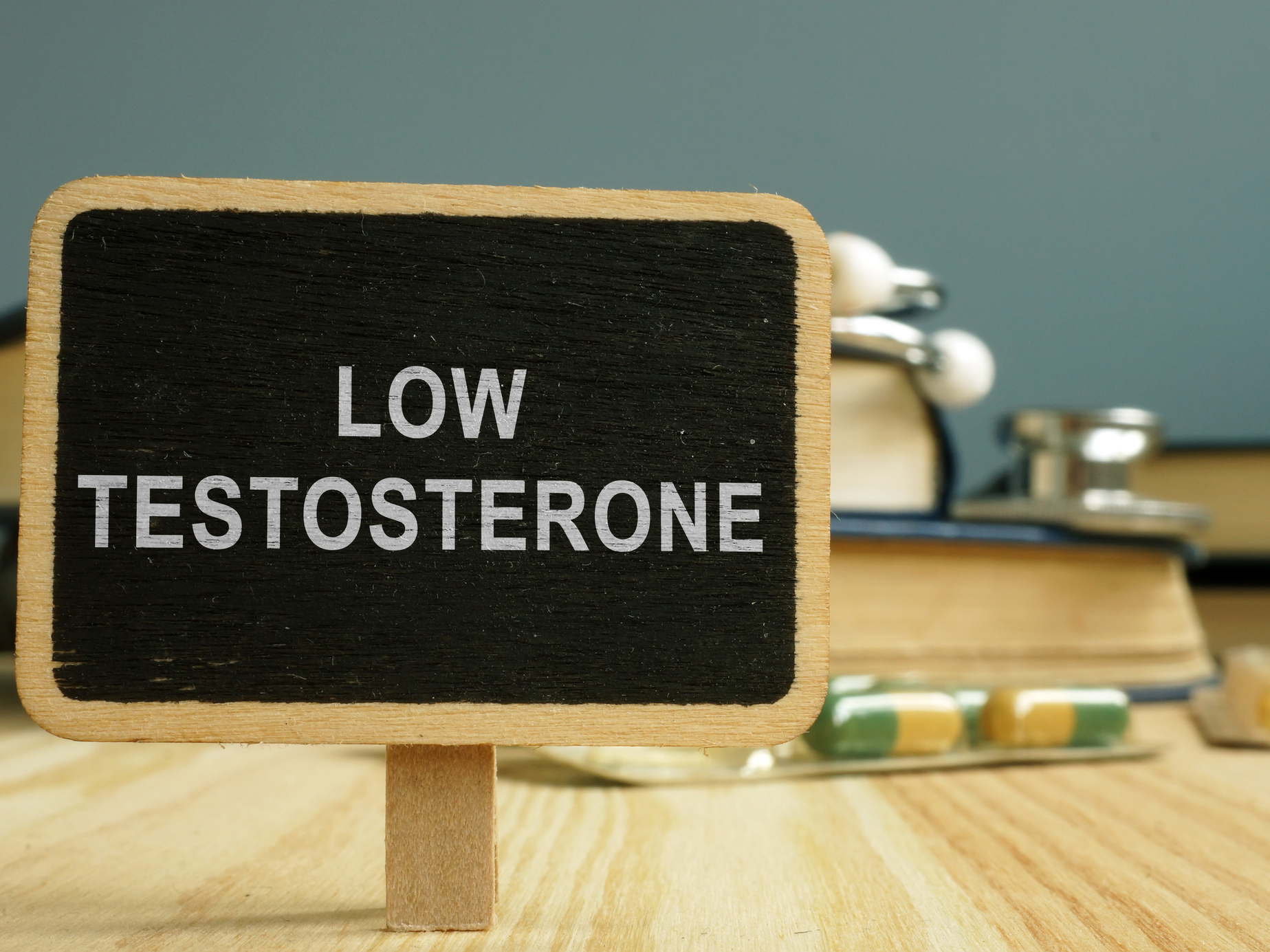
Reduce Your Risk When Using Testosterone Ampoules
Over the last 2 decades, testosterone prescriptions have increased. In the US alone, testosterone is being prescribed to over 1 million patients as of 2018 (1). This article aims to educate those that are using testosterone ampoules to reduce their risk when opening the glass containers. What is Testosterone? If you’re reading this, you might …
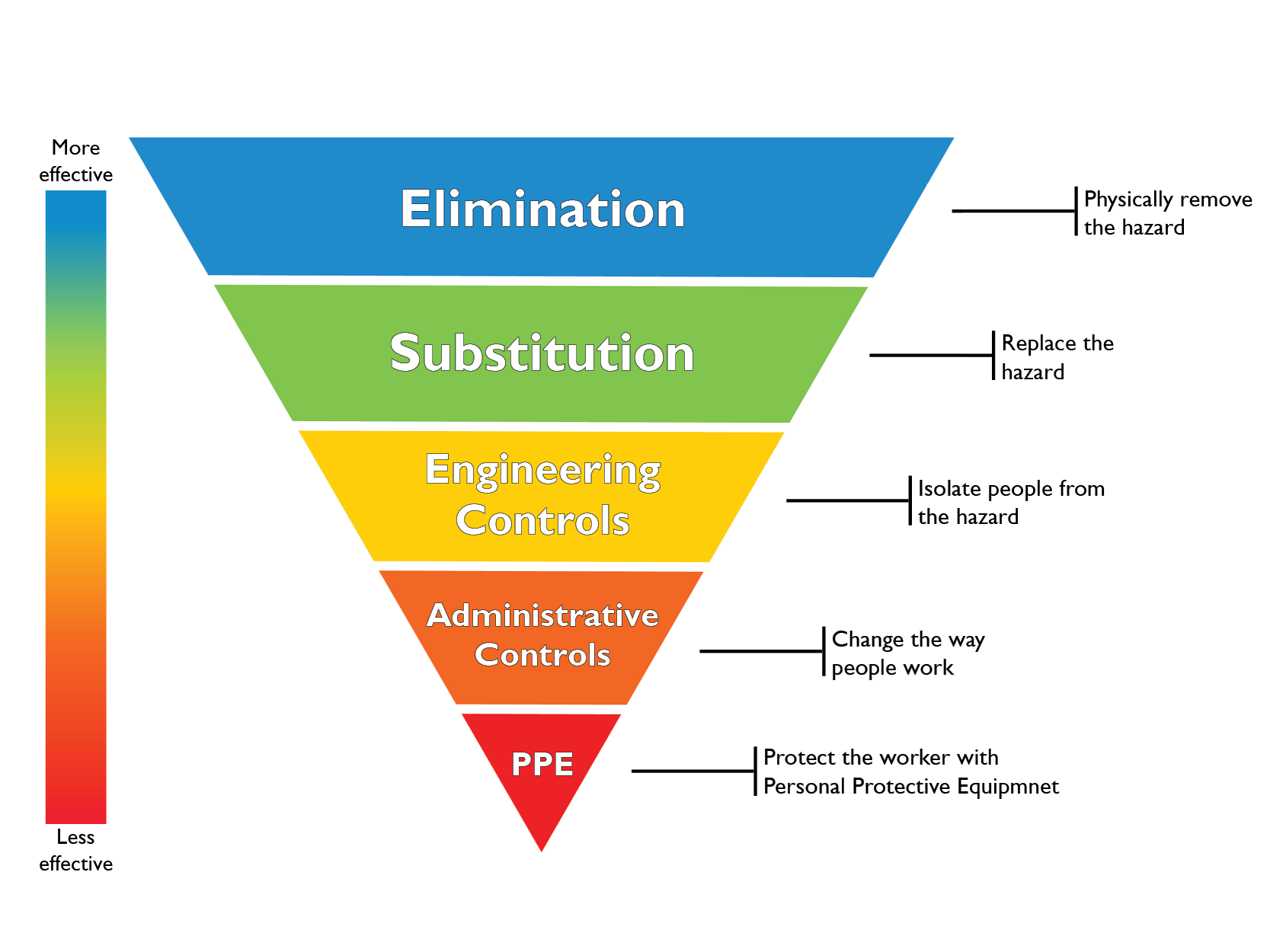
The Hierarchy of Controls and Sharps Safety
Addressing the Hierarchy of Controls Using Sharps Safety The Hierarchy of Controls is a very effective method for managing hazards in the workplace and should be followed to prevent sharps injuries to healthcare workers. According to Australia’s National Health and Medical Research Council (NHMRC), it is a well-recognised approach used to address sharps hazards in …
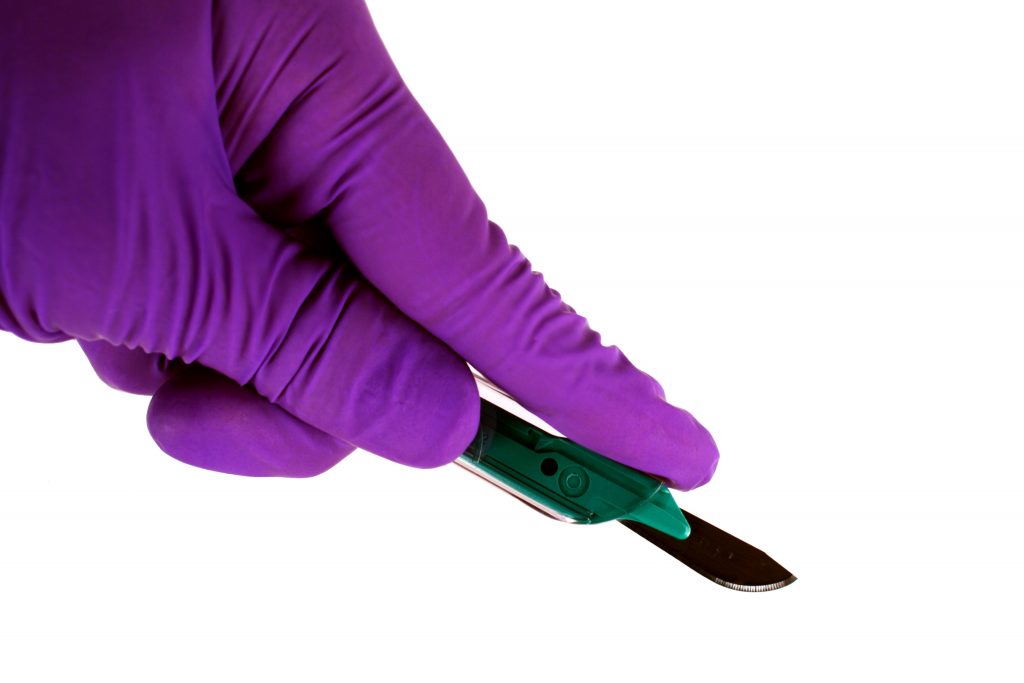
Are Safety Scalpels Actually Safe?
Injuries from needles and scalpels are one of the biggest concerns among health care workers with upwards of 18,000 healthcare workers in Australia experiencing needle-stick and scalpel injuries each year (1). Hazards from sharps injuries include transmission of Hepatitis B, Hepatitis C and HIV, as well as 20 other pathogens (1). This is not to …
Continue reading<span class="screen-reader-text"> "Are Safety Scalpels Actually Safe?"</span>


